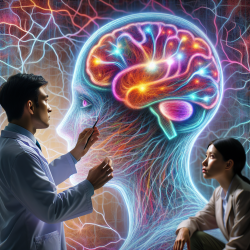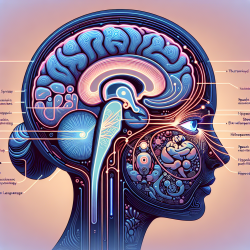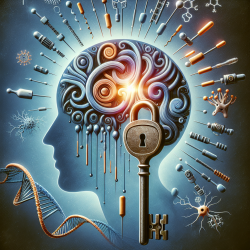Understanding Schizophrenia: Insights from Neural Models
Schizophrenia is a complex mental disorder that affects approximately 1% of the global population. It is characterized by a range of symptoms, including hallucinations, delusions, and cognitive deficits. The heterogeneity of schizophrenia poses significant challenges for diagnosis and treatment. However, recent research into the neural models of schizophrenia offers promising insights for practitioners looking to improve therapeutic outcomes.
The Neural Basis of Schizophrenia
The research paper "Neural Models of Schizophrenia" provides a comprehensive overview of the brain's involvement in schizophrenia. It highlights key anatomical systems such as the cortex, thalamus, basal ganglia, and medial temporal lobe, all of which play crucial roles in higher-order information processing. Dysfunction within these systems is linked to the hallmark symptoms of schizophrenia, such as memory impairment, attention deficits, and language disturbances.
Key Findings and Implications for Practice
- Neural Circuitry Dysfunction: The research identifies dysfunctions in neural circuitry within and between the dorsolateral prefrontal cortex, thalamus, and hippocampal regions. These dysfunctions may explain specific symptoms and cognitive deficits observed in schizophrenia.
- Positive and Negative Symptoms: Schizophrenia symptoms are categorized into positive (e.g., hallucinations, delusions) and negative (e.g., affective blunting, anhedonia) symptoms. Understanding the neural underpinnings of these symptoms can aid in developing targeted interventions.
- Pharmacological Models: The dopamine and glutamate models of schizophrenia offer insights into potential pharmacological interventions. Dopamine dysregulation is associated with positive symptoms, while glutamate abnormalities may contribute to cognitive deficits.
Practical Applications for Practitioners
Practitioners can leverage these insights to enhance their therapeutic approaches:
- Personalized Treatment Plans: Understanding the neural basis of symptoms allows for more personalized treatment plans that address specific cognitive deficits and symptom profiles.
- Interdisciplinary Collaboration: Collaborating with neuroscientists and psychiatrists can provide a more comprehensive understanding of each patient's unique neural profile, leading to better outcomes.
- Continued Research and Education: Staying informed about the latest research in neural models of schizophrenia is crucial for practitioners. Engaging in continuous education and research can improve diagnostic accuracy and treatment efficacy.
In conclusion, the neural models of schizophrenia offer valuable insights into the disorder's complexity. By understanding the brain's role in schizophrenia, practitioners can develop more effective treatment strategies that improve patient outcomes. For those interested in delving deeper into this research, I highly recommend reading the original research paper.
To read the original research paper, please follow this link: Neural models of schizophrenia.










